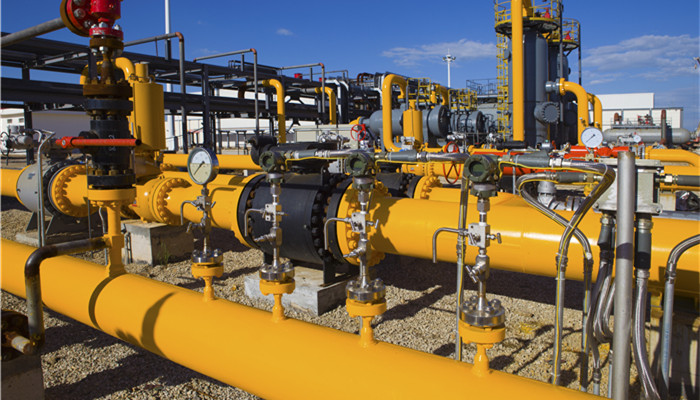
Hot melt pressure-sensitive adhesive (HMPSA) has excellent performance and good future market application prospects.
Hot-melt pressure-sensitive adhesive (HMPSA for short) is a polymer adhesive material made of thermoplastic polymer as the main raw material. It has dual properties of hot-melt and pressure-sensitive. In the international market, due to the advantages of foreign companies in technology, first-mover, brand, and quality, the global hot-melt pressure-sensitive adhesive market is mainly dominated by companies such as 3M of the United States, Dow Chemical, Arkema of France, and Henkel of Germany.
At room temperature, hot-melt pressure-sensitive adhesive is solid and has surface viscosity. In the molten state, hot-melt pressure-sensitive adhesive can be coated. There are many types of hot-melt pressure-sensitive adhesives. According to different raw materials, hot-melt pressure-sensitive adhesives can be divided into EVA hot-melt pressure-sensitive adhesives, TPU hot-melt pressure-sensitive adhesives, PET hot-melt pressure-sensitive adhesives, PO hot-melt pressure-sensitive adhesives, etc. In recent years, with the development of the market and the advancement of related technologies, new hot-melt pressure-sensitive adhesives have continued to emerge, such as acrylic hot-melt pressure-sensitive adhesives, silicone hot-melt pressure-sensitive adhesives, amorphous polyolefin hot-melt pressure-sensitive adhesives, etc. .
Hot melt pressure-sensitive adhesive has the characteristics of non-toxic, tasteless, green and environmentally friendly, fast bonding speed and easy peeling. It is widely used in packaging, printing, automobiles, construction, electronics, papermaking, sanitary materials and other fields. Among them, sanitary materials are hot melt pressure-sensitive adhesives. The main application fields of sensitive glue. In order to expand its application scope, the market attention of modified hot melt pressure-sensitive adhesives has increased. Currently, common modification methods include hydrogenation modification, sulfonation modification, epoxidation modification, blending modification, composite modification, etc.
Hot melt pressure-sensitive adhesives have excellent comprehensive properties and a wide range of downstream applications, so market demand maintains a steady growth trend. According to the “2021-2026 China Hot Melt Pressure Sensitive Adhesive (HMPSA) Industry Market In-depth Research and Development Prospects Forecast Report” shows that after nearly fifty years of development and accumulation, my country has become the world’s largest producer and consumer of hot-melt pressure-sensitive adhesives. In 2020, the output of the hot-melt pressure-sensitive adhesive industry will be around 400,000 tons. Driven by environmental protection policies and related standards, the hot melt pressure-sensitive adhesive market will maintain a steady growth trend, and there is broad room for market development in the future.
In recent years, with the increase in national support, a number of outstanding companies with certain competitive advantages have emerged in my country’s hot melt pressure-sensitive adhesive market, such as Jiangsu Jiahao Co., Ltd., Dongguan Chengming, Hangzhou Renhe, Nanbao Goldman Sachs, etc. Among them, Jiangsu Jiahao Co., Ltd. is one of the leading domestic hot-melt pressure-sensitive adhesive companies. But overall, compared with international companies, my country’s hot-melt pressure-sensitive adhesive companies still have some room for improvement.
Industry analysts said that hot melt pressure-sensitive adhesive has the characteristics of safety, environmental protection, non-toxicity and high adhesion. Under the increasingly stringent background, hot melt pressure-sensitive adhesives have good application prospects. my country is a major producer of hot-melt pressure-sensitive adhesives, with a large number of domestic related production companies. However, compared with international advanced companies, my country’s hot-melt pressure-sensitive adhesive companies have greater room for improvement. In future development, related companies still need to increase their product offerings. , investment in technology research and development and brand building, thereby enhancing its position in the international market.

 微信扫一扫打赏
微信扫一扫打赏

